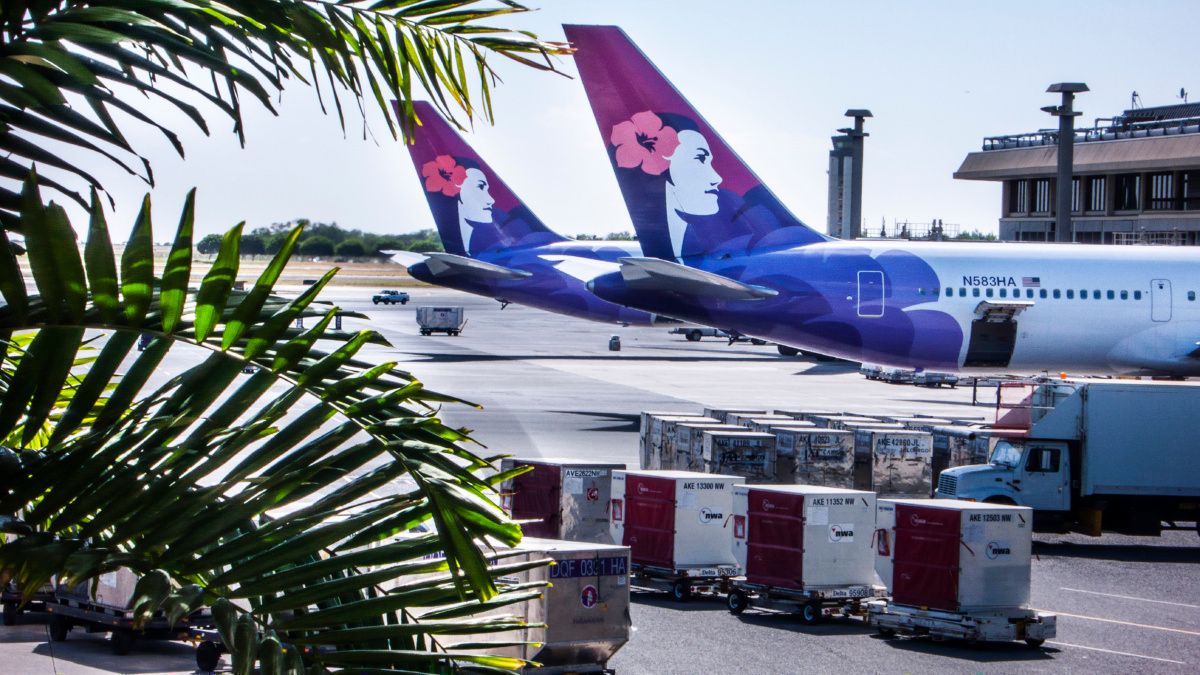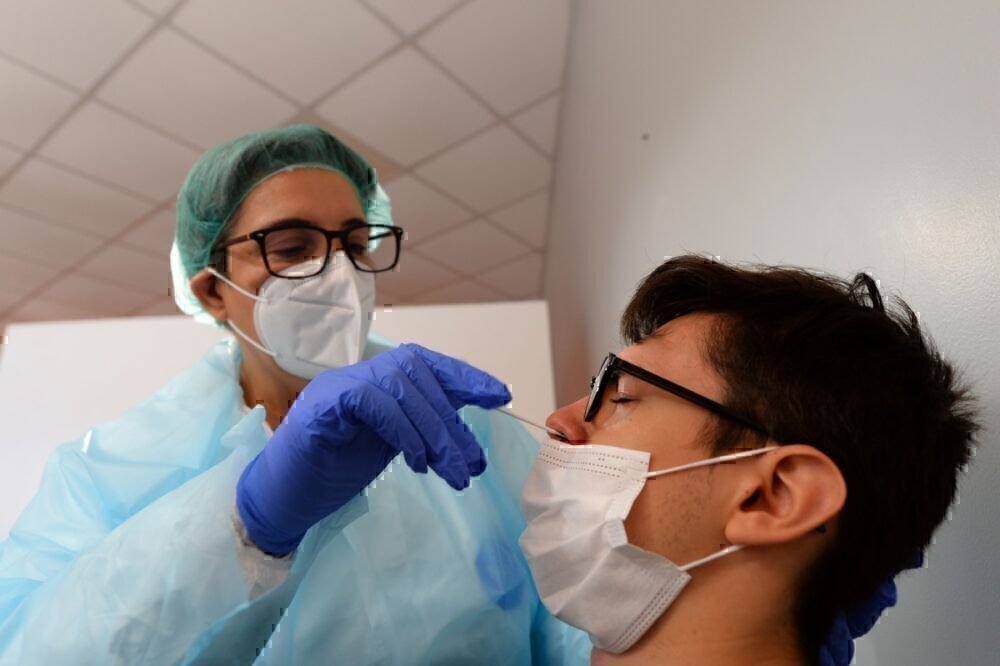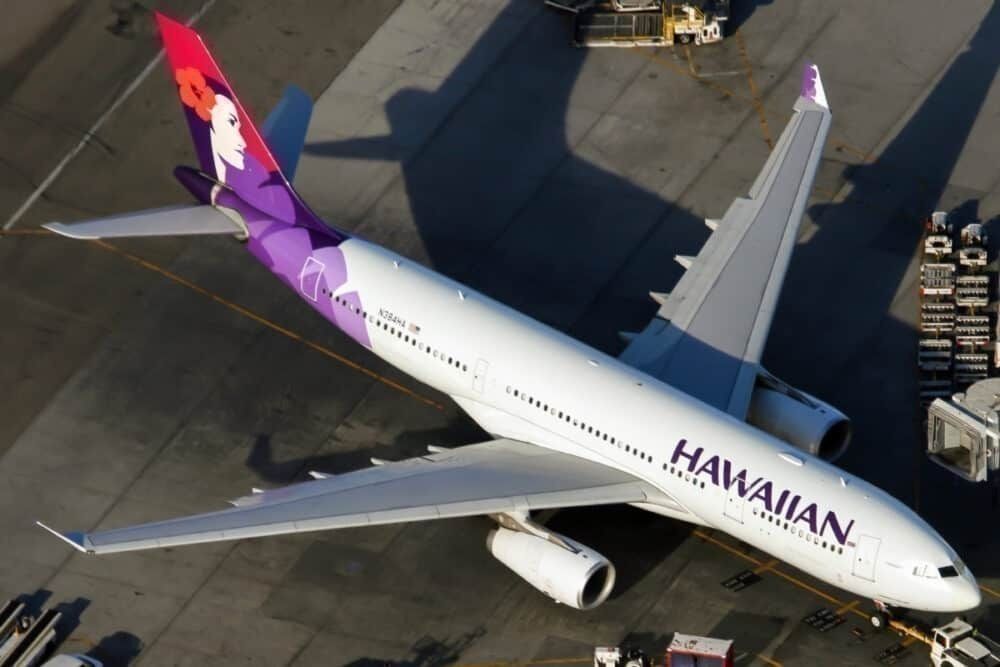Hawaii is trying to kickstart its tourist industry by introducing a pre-travel testing program to enable visitors to avoid the 14-day quarantine period. From Thursday, travelers to the islands who take a COVID-19 test within 72 hours before their flight and show a negative result will not have to self-isolate. However, the program is not without its problems.
A specific type of test required to avoid quarantine
From October 15, travelers flying into Hawaii can avoid quarantine if they take a nucleic acid amplification test (NAAT) in the three days before they travel and produce proof of a negative result. The State of Hawaii Department of Transportation will only accept test results from “trusted testing and travel partners,” from a specific list.
Stay informed: Sign up for our daily aviation news digest.
Hawaii introduced its digital Safe Travels program on September 1, which required all travelers to the islands to provide health and travel information well in advance of their arrival. The multi-layered screening program includes getting a QR code for scanning on arrival, temperature checks, and secondary screening for those with a temperature of over 100.4°F. Governor of Hawaii, David Ige said,
“I am pleased to launch this digital form which will allow our travelers to provide their required health and travel information before they arrive at the airport. It will also help us keep in contact with those who are required to be in quarantine. This is an important step in preparing to reopen our economy.”
However, under the scheme, travelers would have to quarantine for 14 days or until they show a negative test result. With the new pre-travel testing, the results of which must be uploaded to the Safe Travels form, visitors and residents arriving in Hawaii won’t need to quarantine.
Concerns about the program’s effectiveness
Officials from some Hawaiian islands have expressed concerns over the program and the effectiveness of a single pre-travel test. Harry Kim, mayor of Hawaii County, last week called for a second post-travel test. He said,
“I just don’t think we should take the risk with one COVID-19 test taken up to three days before traveling. There are so many variables involved in a pre-travel test that could make the tests unreliable; we have to have a second test upon arrival in Hawaii.”
In a deal struck with the governor last week, travelers over the age of five arriving on the Big Island will be required to take a second rapid-results test at Kona and Hilo airports. The mayors of Kauai and Maui counties also asked for mandatory second tests but were turned down. But they said they would opt-out of the program and enforce the 14-day quarantine if new cases of COVID-19 reach a specific level.
Airlines offer pre-travel testing
Some US airlines are offering pre-travel COVID-19 testing, but the details are sometimes unclear. Hawaiian Airlines provides drive-through testing close to San Francisco (SFO) and Los Angeles (LAX) airports, with other locations coming soon.
From October 15, United Airlines will offer rapid-results testing for its passengers at SFO. Southwest Airlines doesn’t provide testing, but its major hub of Oakland Airport is providing free testing for anyone with a US-issued ID.
American Airlines will offer three testing options, including a virtual at-home test. The other two options are still being developed, and the details are sketchy. For passengers with confirmed tickets, Alaska Airlines offers priority testing in Seattle but hopes to expand to other areas.



